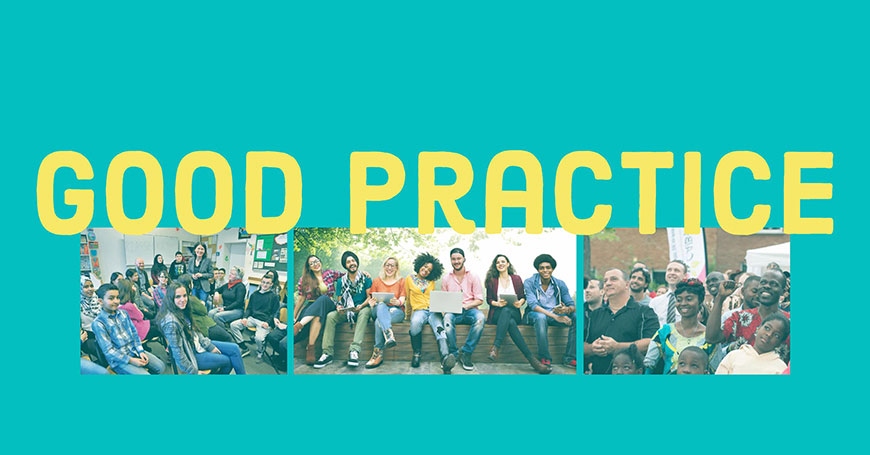Intercultural cities: good practice examples

The first step is the adoption (and implementation) of strategies that facilitate positive intercultural encounters and exchanges, and promote equal and active participation of residents and communities in the development of the city, thus responding to the needs of a diverse population. The Intercultural integration policy model is based on extensive research evidence, on a range of international legal instruments, and on the collective input of the cities member of the Intercultural Cities programme that share their good practice examples on how to better manage diversity, address possible conflicts, and benefit from the diversity advantage.
This section offers examples of intercultural approaches that facilitate the development and implementation of intercultural strategies.
EMPO Multicultural Resource Center
Purpose: The EMPO Multicultural Resource Center acts as a resource centre for migrants through providing information and counselling that enable participants to develop their own resources to...
Barcelona Centre for Linguistic Normalisation
Purpose: The Consortium for Linguistic Normalisation (CPNL) is a public body created from the common will of the Regional Government and numerous local, county and provincial councils with the aim...
Reggio Emilia – Burkina Faso: the true spirit of co-development
Purpose: In Reggio Emilia, the migrant inclusion is enhanced through projects for development cooperation with countries of origin. Creating thousands of workplaces for the agricultural development...


